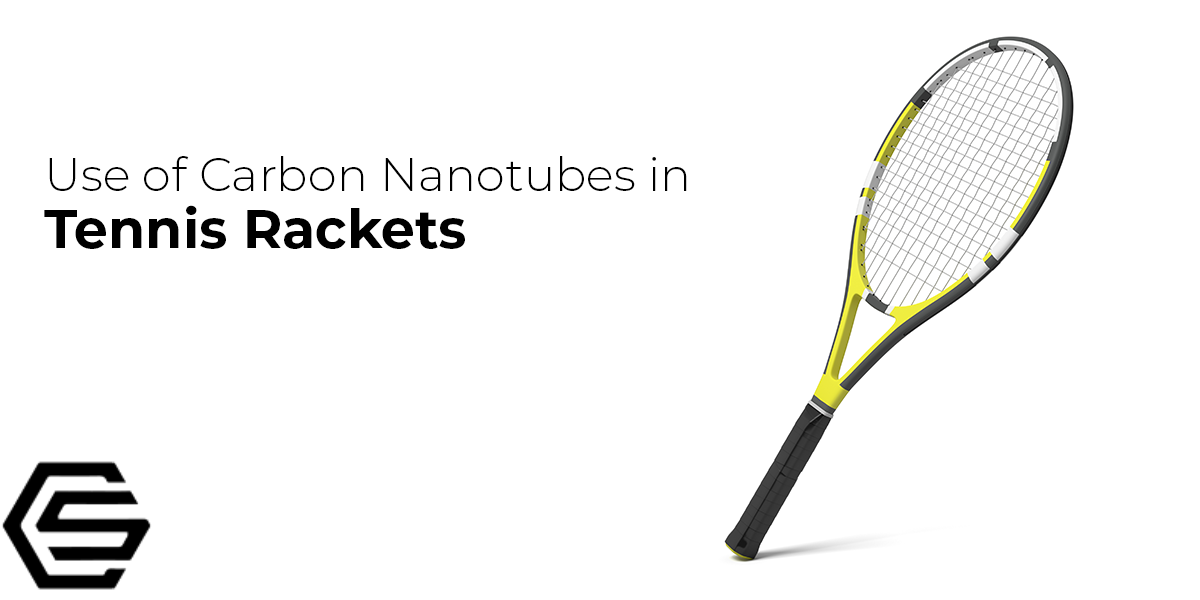Carbon Nanotubes: Exploring the Nanoscale Wonders
At the heart of this groundbreaking innovation lies the remarkable nature of carbon nanotubes. These cylindrical structures, composed of carbon atoms arranged in a hexagonal lattice, exhibit unparalleled strength, flexibility, and conductivity owing to their unique molecular arrangement. Their structural configuration grants them exceptional mechanical properties, making them an ideal candidate for various applications across diverse industries.
Carbon nanotubes are microscopic tubes made entirely out of pure carbon atoms. They were discovered in 1991 and since then have been studied intensely due to their remarkable properties. Although they are incredibly strong and light, they also have exceptional heat conductivity, strength, stiffness and electrical conductivity. Due to their unique nature, they can be used in a wide array of applications, such as conducting electricity, being used as semiconductors, sensors, probes and even medical treatments. Carbon nanotubes have become essential components of our modern world, providing us with incredible new capabilities and opening up new possibilities for the future.
Integration into Tennis Racket Construction
The integration of carbon nanotubes represents a groundbreaking leap in tennis racket technology, aligning with the sport's pursuit of excellence and innovation. By leveraging the unique properties of these nanoscale materials, the evolution of tennis rackets has transcended conventional boundaries, offering players a refined tool that blends cutting-edge technology with sporting prowess. As we delve deeper into the realm of carbon nanotube-infused tennis rackets, exploring their properties, impact, challenges, and future innovations becomes imperative. The synthesis of nanotechnology with sporting equipment exemplifies the relentless pursuit of performance enhancement and underscores the pivotal role of science in shaping the future of sports.
Impact on Player Performance
The evolution of tennis rackets with carbon nanotubes has significantly transformed the playing experience for athletes. These advancements bring forth unparalleled benefits, including enhanced power, improved control, and heightened stability during gameplay. Carbon nanotube-based rackets empower players to unleash controlled power shots with reduced vibrations, leading to increased confidence and precision in their performance on the court.
Enhanced Power and Stability
The unique properties of carbon nanotubes contribute to improved power generation and stability in tennis rackets. CNTs offer greater stiffness while maintaining flexibility, enabling players to generate more power with reduced vibrations. This enhanced stability allows for more controlled shots, contributing to a player's confidence and performance on the court.
Learn the properties of Graphene Oxide Dispersions, another nanomaterial used in sports equipment.
Maneuverability and Control
The lightweight nature of carbon nanotubes positively influences the maneuverability and control of tennis rackets. Their low mass-to-weight ratio enables players to maneuver the racket swiftly, facilitating quick reaction times and precise shot placements. This heightened control empowers players to execute shots with finesse and accuracy.
Are you ready to explore the use of nanomaterials in sports equipment? Read now.
Personalized Performance Enhancement
The integration of carbon nanotubes in tennis racket construction offers unparalleled opportunities for customized performance enhancement. Manufacturers leverage the unique properties of CNTs to tailor racket attributes, such as stiffness, weight distribution, and sweet spot optimization, catering to individual player preferences and playing styles.
Tailored Design for Diverse Playing Needs
The versatility of carbon nanotubes enables the creation of rackets suited for diverse playing needs and skill levels. Through strategic placement and manipulation of CNTs within the racket frame, designers can fine-tune specific characteristics to meet the demands of different players, from professional athletes seeking maximum power to recreational players emphasizing control and comfort.
Adaptive Technology and Player Interaction
Advancements in carbon nanotube-infused racket design pave the way for adaptive technology that interacts with the player. The integration of smart materials and data analytics may enable rackets to provide real-time feedback, adapting racket attributes dynamically during gameplay to optimize performance, thus revolutionizing player-racket interaction and enhancing on-court adaptability.
Driving Innovation and Player Empowerment
The impact of carbon nanotubes on racket customization embodies a shift toward empowering players by offering personalized tools that complement their unique playing styles. The intersection of nanotechnology and sports equipment heralds an era where rackets evolve from standardized tools to adaptive instruments, driving innovation and providing players with greater control over their performance.
Improved Structural Integrity
The introduction of carbon nanotubes in racket frames has significantly enhanced their structural integrity. The inherent strength of CNTs reinforces the racket's frame, reducing the risk of deformation and increasing durability without adding excessive weight. This enhancement ensures consistent performance and longevity of the racket.
To learn the best way to use carbon nanotubes in industry with potential applications, read our blog.
Advantages of Carbon Nanotube-based Tennis Rackets
Rackets integrated with carbon nanotubes exhibit enhanced performance attributes in comparison to their traditional counterparts. These advancements include augmented power, superior control, and increased stability. Such improvements permit players to execute forceful shots with heightened accuracy and finesse, essential for effective rally participation.
In the realm of player comfort and injury prevention, carbon nanotube-infused rackets demonstrate a significant reduction in vibration transmission to the player's arm upon the ball's impact. This decrease in vibration contributes to a reduction in player fatigue and diminishes the likelihood of sustaining tennis-related injuries, thus facilitating prolonged gameplay and improved comfort during extended matches.
Furthermore, the incorporation of carbon nanotubes offers remarkable customization and design flexibility for racket manufacturers. The adaptability of these materials allows for the strategic placement of carbon nanotubes within the racket frame, enabling designers to meticulously adjust characteristics such as stiffness, balance, and the size of the sweet spot. This tailoring caters to a wide range of playing styles and skill levels, thereby enhancing the overall player experience.
Challenges and Considerations
Despite their remarkable properties, the production of carbon nanotubes and their incorporation into tennis rackets can incur higher manufacturing costs. The intricacies involved in aligning and integrating CNTs within racket frames pose challenges, influencing the final product's affordability.
Moreover, the environmental impact of producing carbon nanotubes raises concerns regarding sustainability. Efforts are underway to develop eco-friendly production methods and recycling techniques to mitigate the environmental footprint associated with CNT-based racket manufacturing.
Future Trends and Innovations
The integration of carbon nanotubes in tennis racket technology marks a major innovation in sports equipment. This advancement leads to rackets with enhanced strength, flexibility, and control, offering personalized features tailored to individual players' styles. Despite manufacturing and environmental challenges, ongoing research is focused on creating more efficient and sustainable production methods, pushing the boundaries of sports technology and improving player performance.





















